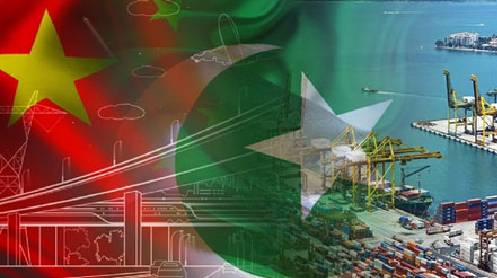ISLAMABAD: Federal Minister for Planning, Development, and Special Initiatives, Ahsan Iqbal, expressed optimism on Tuesday about reinvigorating projects under China’s Belt and Road Initiative (BRI) to bolster Pakistan’s struggling economy.
In an interview with Bloomberg, Iqbal highlighted the government’s plans to form joint ventures in renewable energy and agriculture, and to attract Chinese companies to relocate to Pakistan. “I’m very hopeful because I was in China recently and had meetings with their senior leadership… so I see great interest on the Chinese side to revive the momentum for CPEC and take it into the second phase,” he stated.
Pakistan, a key participant in BRI, has seen significant investments through the China-Pakistan Economic Corridor (CPEC), which includes the strategic Gwadar port and various power plants. Although new projects were stalled due to the Covid-19 pandemic and economic challenges necessitating IMF intervention, projects worth about $25 billion became operational in the first phase, alleviating the chronic electricity shortage.
Recently, a committee approved the long-awaited railway upgrade project, which will be executed in two phases to minimize Pakistan’s financial burden. The initial phase will connect Karachi to Multan, extending halfway to Islamabad.
Furthermore, Pakistan has completed several critical BRI projects, including a water-supply system in Gwadar, dredging at the port, and an electricity transmission line from Iran. These achievements have reassured China of Pakistan’s commitment to CPEC initiatives, noted Iqbal.
To celebrate CPEC’s 10th anniversary last year, China’s Vice Premier He Lifeng introduced five new economic corridors, aiming to enhance Pakistan’s economic activity. Moving forward, Islamabad plans to encourage private sector partnerships with Chinese firms and hopes to attract Chinese companies looking to relocate amid rising labor costs and geopolitical tensions.







